Volkswagen AG, also known as the VAG Group or the Volkswagen Group, is the largest multinational automotive manufacturer headquartered in Wolfsburg, Lower Saxony. The history of the concern begins with the appearance of the "people's car" Volks-wagen in 1937 on behalf of Adolf Hitler.
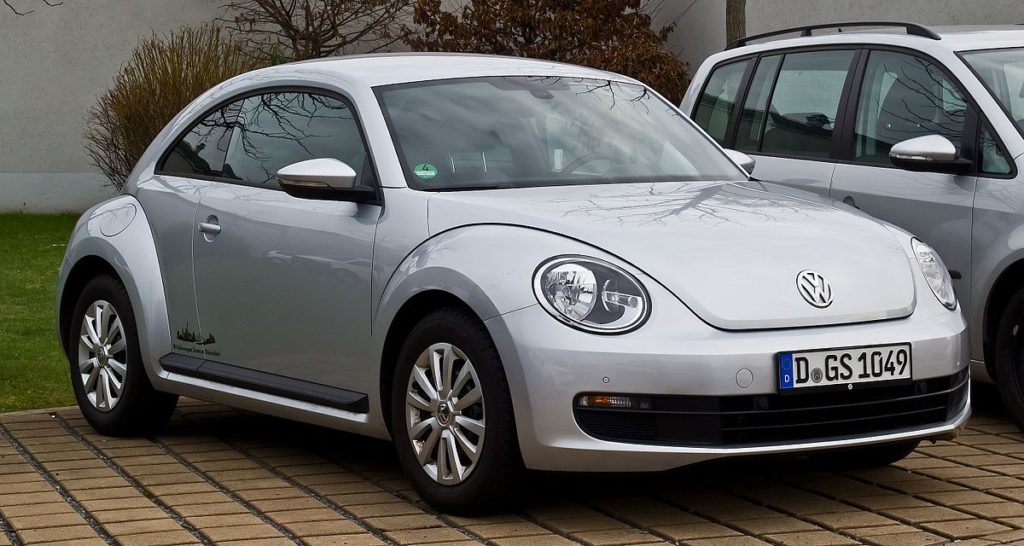
In fact, Volkswagen AG owes its appearance to the Third Reich, Daimler AG and the German design engineer Ferdinand Porsche. The task of producing an inexpensive and reliable car for the people was set by Hitler, the meeting was attended by a representative of Daimler AG, who recommended Porsche as a responsible person. However, Volkswagen is not commonly associated with the German companies of that period.
VAG Group brands and activities: strategy until 2025
At the moment, the concern includes several automotive companies:
- Volkswagen, Audi, Seat, Škoda are engaged in mass production of cars;
- Bugatti, Lamborghini, Porsche, Bentley, Rolls-Royce produce premium and luxury cars;
- MAN, SCANIA, DUCATI, Nutzfahrzeuge are automotive companies producing trucks and buses.
Not so long ago, Volkswagen AG published a development strategy until 2025 "TOGETHER - Strategy 2025", which outlines new development prospects. The concern plans to maintain its format of development in a wide consumer segment, strengthening the financial and consulting direction, delivery and service. It is assumed that exclusive brands Bugatti, Lamborghini, Porsche, Bentley, which have advanced developments of car key mechanisms, will deal with conceptual cars.
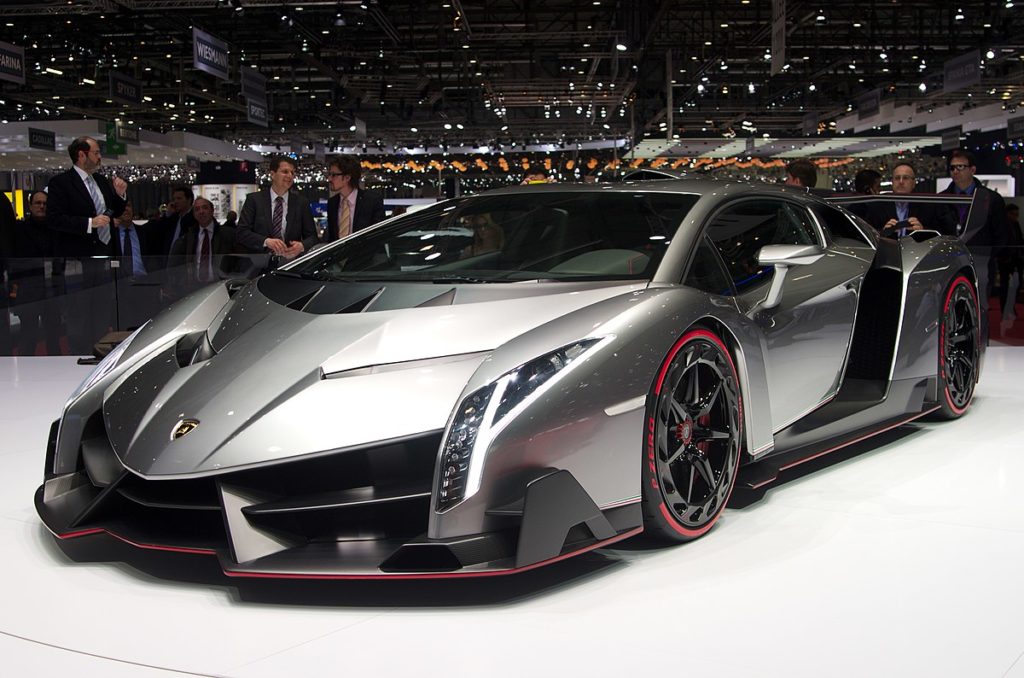
The next decade will be dedicated to the financial strengthening of the company, the growth and optimization of its assets. At the same time, we note that the VAG Group is categorically moving in its classical direction of development, working in the mass segment and offering a "car for the people." At the same time, attention is paid to the cargo and exclusive direction.
The company has acquired some of the most famous automotive brands. Among them are Bugatti, Lamborghini, Bentley. VAG Group has a long business relationship with Porsche. The group currently owns 50.73 % shares. To this day, the companies are jointly developing automotive platforms. The option of a complete merger into VW-Porsche is being discussed.
Plants VAG Group
The company is the largest automaker in Europe, supplying 25 %s to the European market. Prior to the global crisis in 2009, it occupied a leading position in the market. VAG Group currently owns 48 factories in 15 European countries, as well as open production in Asia, America, Africa. The company is trying to manufacture products in the countries of presence in order to reduce the cost of delivering raw materials and finished products to points of sale.
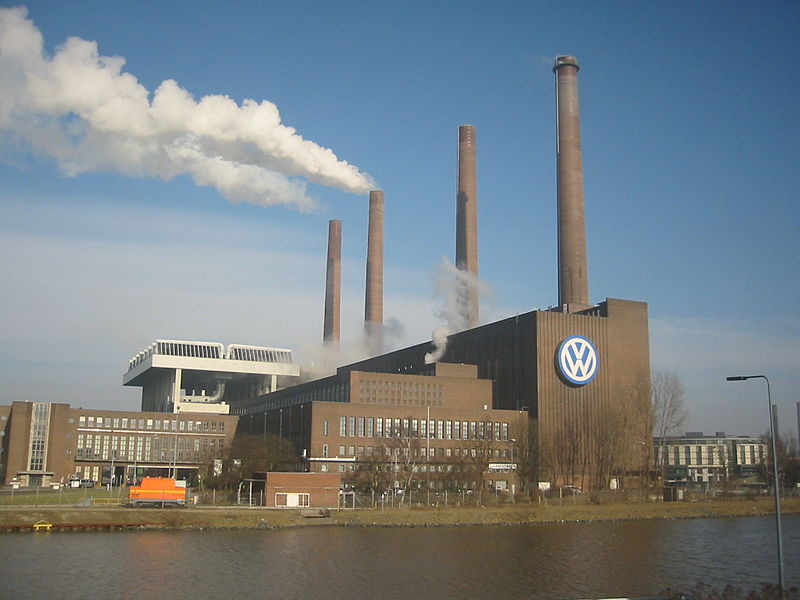
At the moment, two types of production are being opened: complete assembly (CKD technology) and large-assembly assembly (SKD technology). In the second case, the plant in the country of presence assembles from ready-made units, the delivery of which is cheaper than the transportation of a finished car. Large-nodal assembly does not require highly qualified personnel, which allows the production of cars with a guaranteed level of quality in other countries. Volkswagen service centers operate in 150 countries around the world.
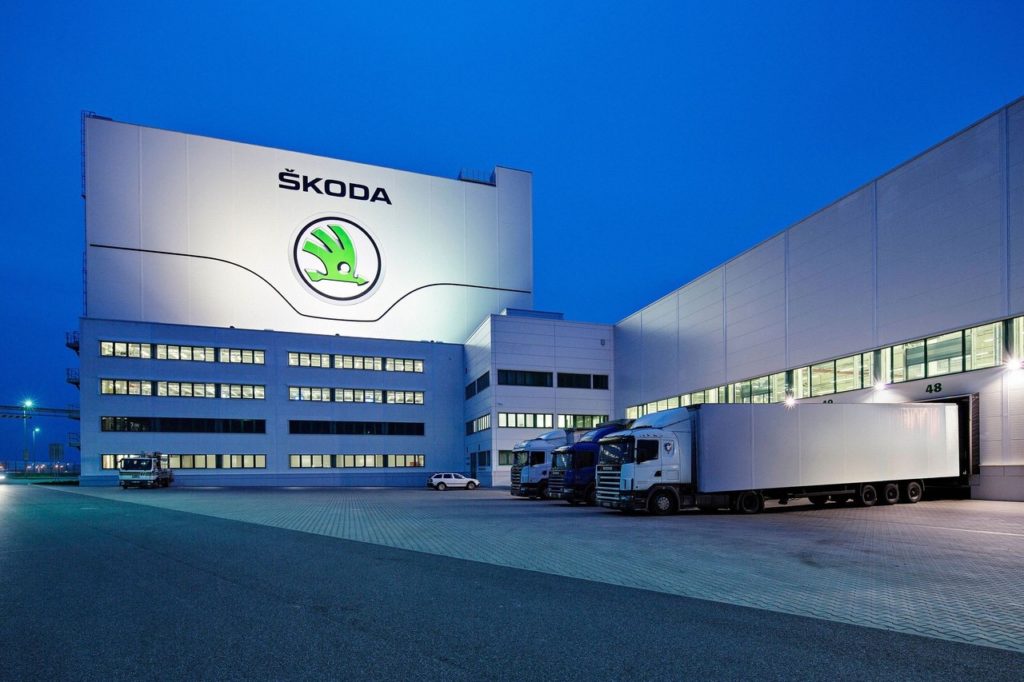
In total, the company produces over 26 thousand cars per day. The main production facilities are concentrated in Germany, Slovakia, Czech Republic, Poland, Russia, Mexico, Argentina, Portugal, China. In addition to the traditional technological processes CKD and SKD, the concern is looking for new ways of production base.
Gläserne Manufaktur in Dresden
One of the most interesting projects of the VAG Group is the Gläserne Manufaktur in Dresden. This is a customized, personalized demonstration production. The assembly of machines is carried out specifically “for the client”. Produced Phaeton cars were unprofitable (given the non-standard nature of production), but this is one of the most successful Volkswagen promotion projects.
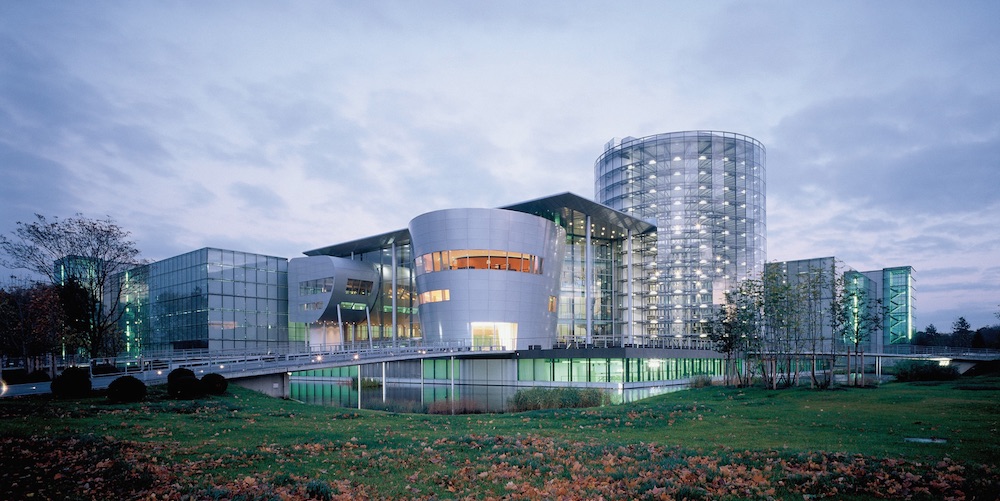
Customers can now see what personalized vehicle assembly will look like in the future. At the Dresden plant, all internal logistics are controlled by computers. There are areas with moving parquet, the system ensures the "delivery" of the assembly site to the desired production site at a strictly defined time.
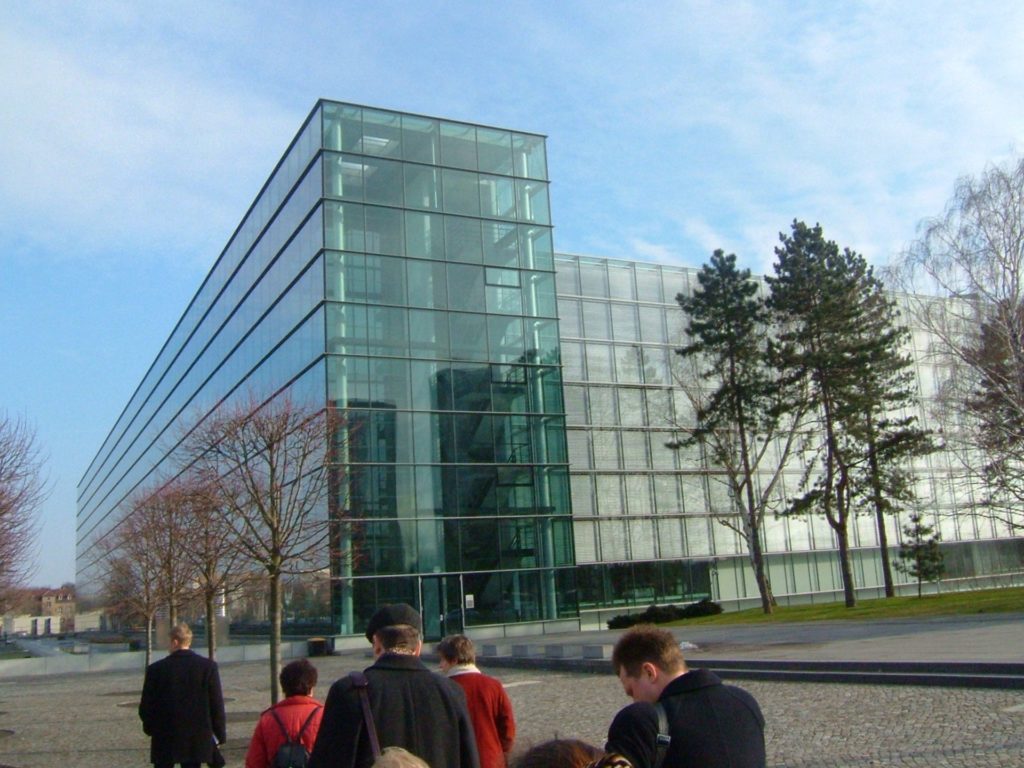
The Dresden plant actually combines the showroom and assembly facilities, which are still available for viewing by visitors. VAG AG has positioned the Phaeton as a business-class car and corresponding to the Mercedes-Benz S-Class, BMW 7-Series and Audi A8 categories.
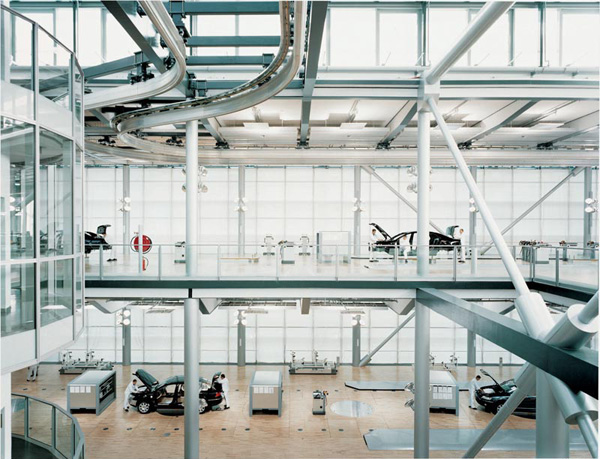
Many experts do not share the company's opinion about the success of the project. As a result, Phaeton was never able to reach the premium class in 8 years, but the idea of a new type of computer-integrated manufacturing was very progressive.
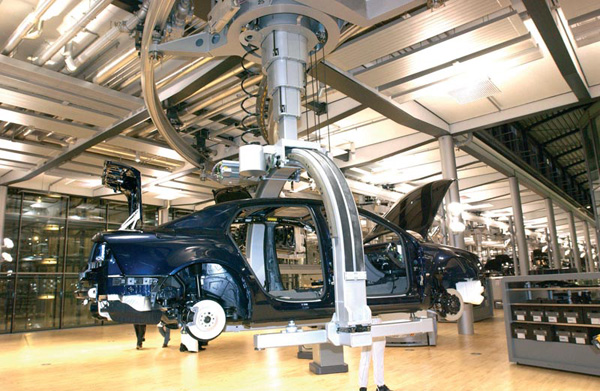
The peculiarity was that all Phaeton cars were individual. The plant has a configurator room where future owners can pick up machine parts. The choice extends to the color of the car, wheels, trim, engine choice. The most advanced was a 6-liter engine with 12 cylinders, the same unit is installed on the Bentley.
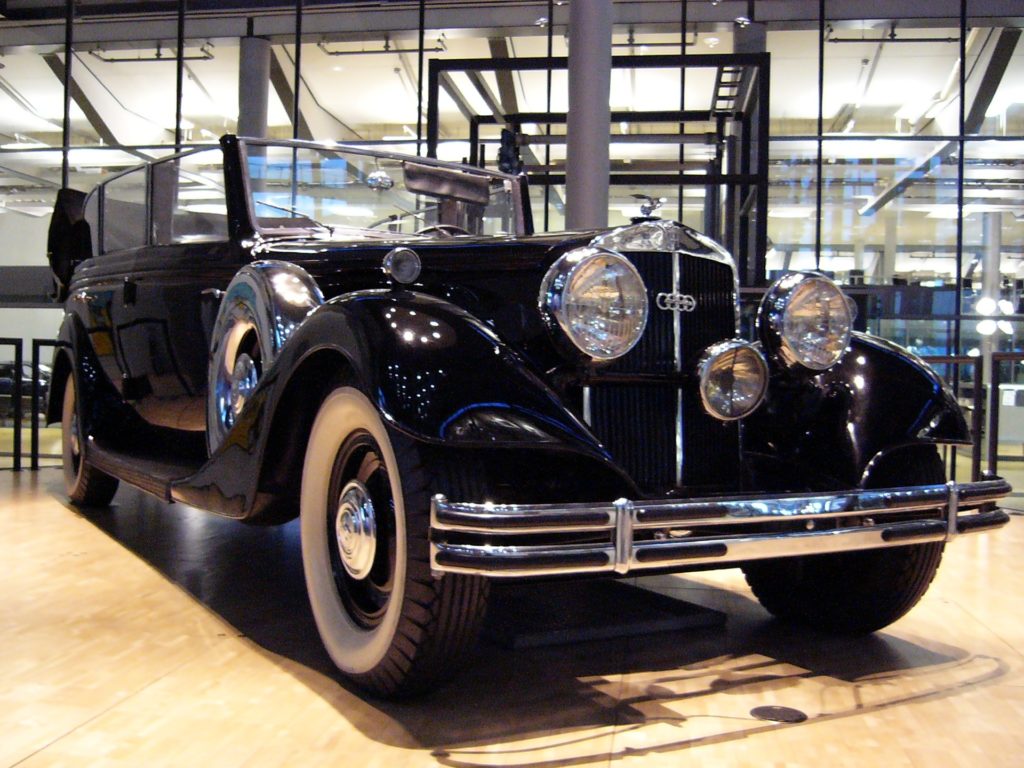
The powerful Horch, produced in the 1930s, became the prototype of the Phaeton. As you know, this brand was part of the production of the Auto Union concern, which was inherited by Audi. Now electric cars are produced at the glass manufactory in Dresden.
Industrial design and concept cars
VAG has a fairly powerful portfolio of brands that promote their own design bureaus. This is true for Bugatti, Lamborghini, Porsche, Bentley, Audi. However, the concern has its own Italian design bureau ItalDesign Giugiaro. The company is engaged in the restyling of old and the development of new cars.
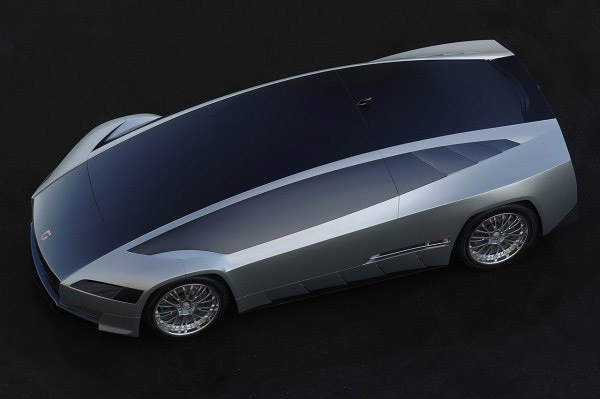
Cooperation with ItalDesign Giugiaro began in the 1970s. In this bureau in 1972, Ferdinand Piech studied technique and design. As a result, ItalDesign has developed several VAG automotive platforms:
- Golf (1974);
- Sciricco (1974);
- Passat (1973);
- Audi 80 (1974).
In 2010 ItalDesign was sold to Audi AG Lamborghini Holding SpA (90.1%), for another 5 years the Giugiaro family played an active role in the company, but in 2015 the sale of the remaining share of Audi AG was announced.
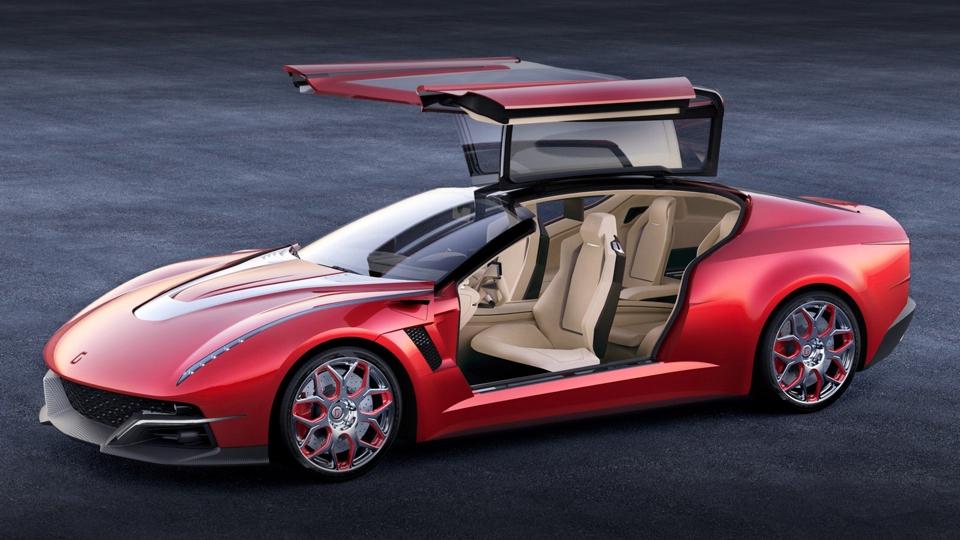
The latest work of ItalDesign was the creation of the flying car Pop Up Next, which was presented at the Geneva Motor Show 2018. It combines the functions of a conventional car, designed for passive driving, and a flying module.
History of Volkswagen AG
It is worth noting that Volkswagen AG does not trace its history from the imperial factories of the Third Reich, but from a company created by Ferdinand Porsche in 1937 to fulfill Hitler's order. The first Volkswagen plant was opened on the territory of the district, where the modern headquarters of the concern is located, in the city of Wolfsburg. The renaming of the company to its present name was made on September 16, 1937.
Volkswagen actually traces its history back to Ferdinand Porsche, who developed the first car. volkswagenBeetle.
In the post-war period, Lower Saxony, on whose territory Wolfsburg is located, remained under British control. In 1960, the company was founded anew under the name Volkswagen Plants, in 1985 the concern was given the name Volkswagen AG.
Today, the concern unites 342 enterprises, Porsche SE owns 50.73 % shares of VAG, while Volkswagen AG owns 49.9% shares of the intermediate substructure Porsche Zwischenholding GmbH.
From the very beginning of its development, the concern has been providing financial and logistics services. After the reunification of Germany in the 1990s, the concern faced serious financial problems. During this period, the company was headed by Ferdinand Piech, who turned out to be an excellent crisis manager. Piech took part in the development of the concern until 2015.
Major shareholdings Porsche The SE is owned by members of the Porsche and Piech family.
It was Piech who managed to achieve major successes and make Volkswagen the leading automotive company in Europe. In addition to producing its own cars, the acquired division of Volkswagen Bentley was involved in the assembly of Rolls-Royce under contract agreements with BMW. In general, the company is characterized by a competent approach to optimizing automotive assets, which contributed to the formation of a modern production infrastructure with customer-oriented services.
Volkswagen Consulting
A separate financial division within the Volkswagen Group was launched in 1991. In 1994, the division, which will play a decisive role in the period up to 2025, gained independence. Now it is a full-fledged banking structure with access to international financial markets. Her tasks include finding and attracting funding for projects on favorable terms. The company employs approximately 3,500 employees in Germany and more than 5,000 in offices around the world. Assets reach 60 billion euros.
A number of banking substructures have been opened on the basis of the corporation, including Audi Bank, Volkswagen Bank, Seat Bank, Škoda Bank.
The functions of the financial direction include:
- financing of corporate projects;
- insurance;
- provision of leasing and credit services;
- managing the transport infrastructure of Volkswagen AG (fleet) for the delivery of products around the world.
Volkswagen AG car brands
At the moment, Volkswagen AG includes 12 automotive brands. The main trading strategy is built around the work of manufacturing plants of Volkswagen, Audi, Škoda, Seat, Porsche brands. Some companies operate completely independent production activities, including Audi.
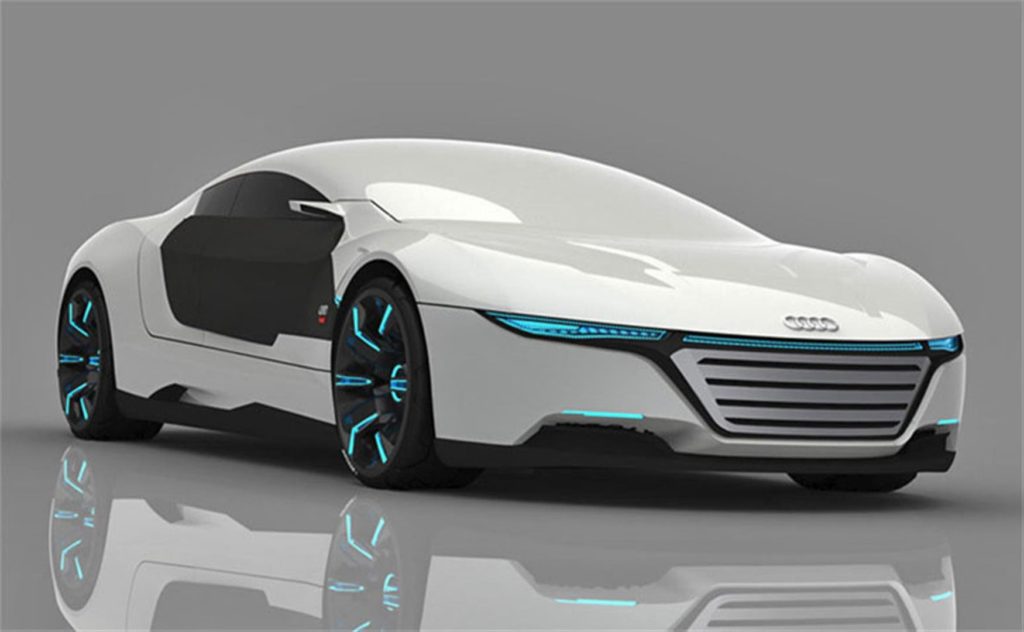
Each of the VAG brands has unique features and is designed for a specific market segment. So the concern produces cars for all categories of consumers, including the production of small-scale exclusive cars based on Italdesign. The company already has a bad experience promoting a premium car. Meanwhile, the experience gained as a result of the Phaeton experiment is very valuable in terms of launching and developing an automotive production focused on the personal requirements of the user.
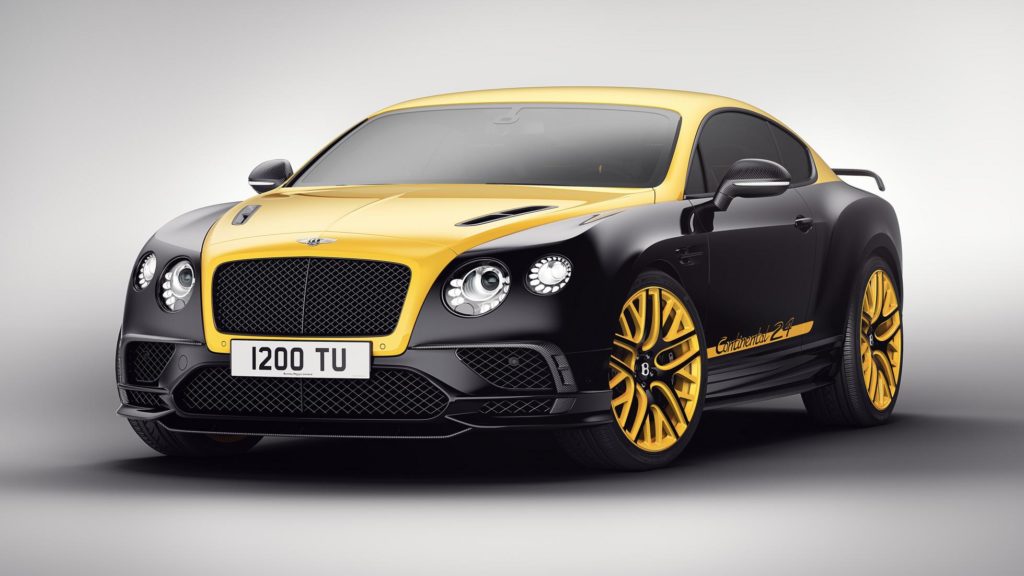
Brands:
- Volkswagen is a brand of automobiles, not separated into a separate direction, but directly subordinate to the VAG Group.
- Audi, which inherited Auto Union manufacturing facilities, acquired in 1964;
- NSU Motorenwerke is a motorcycle brand acquired in 1969, which later became part of the Audi Division.
- Seat is an Italian car brand, partly acquired in 1986, fully acquired in 1990.
- Škoda is a Czech marque acquired by Volkswagen in 1991.
- Volkswagen Nutzfahrzeuge - separated from Volkswagen AG as a separate division engaged in the production of trucks of various tonnages.
- Bentley is an English luxury car company acquired in 1998 from Vickers, Rolls-Royce is produced in conjunction with BMW.
- Bugatti is an exclusive car brand acquired by VAG in 1998.
- Lamborghini is an exclusive brand of Italian cars, acquired by Audi in 1998.
- Scania AB - VAG owns 70,94% shares and is a manufacturer of heavy goods vehicles.
- MAN AG - VAG owns 55.9% shares, acquired in 2011, is engaged in the production of heavy trucks and the production of hybrid vehicles;
- Ducati Motor Holding SpA produces exclusive motorcycles and is part of Audi AG. The deal is valued at $1.1 billion;
- Porsche SE and Volkswagen AG made a share swap.
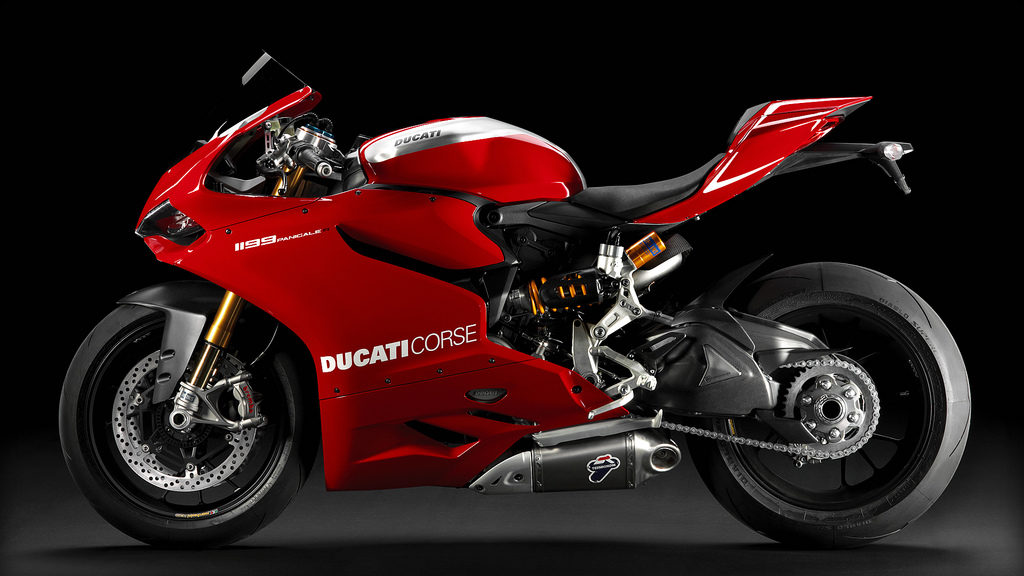
Despite the fact that the company announced the search for brands that would be part of the concern, this initiative had no development. According to the published strategy until 2025, VAG will focus on optimizing existing financial assets. At the moment, Volkswagen AG is a completely self-sufficient company capable of successfully developing almost any automotive direction.





